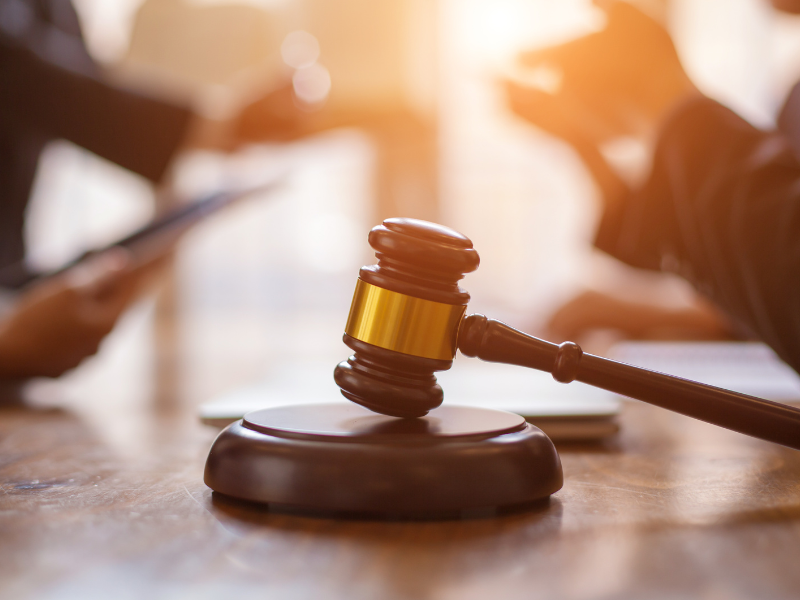Filing a personal injury lawsuit may seem a mystery to some, but the steps in filing and pursing a claim through the legal system are, in fact, often quite straightforward. It’s important to remember that filing a personal injury claim has to hinge on failure on the part of the defendant to live up to a duty of care or responsibility toward the plaintiff in some way. And that failure has to have led to the plaintiff’s injury. Fleshing out the process from there is fairly straightforward. Here are the steps that most often take place in the run-up to a personal injury trial.
(Understanding the Trial Phases of a Personal Injury Law Suit)
Plantiff Hires a Personal Injury Attorney:
Hiring a personal injury attorney is an important step in the process simply because of their experience in filing personal injury claims. An experienced personal injury attorney has often negotiated with insurers to secure damages consistent with the plaintiff’s injuries and losses following the accident. An experienced lawyer in the personal injury space understands the scope of damages to which the plaintiff is entitled. And, an experienced lawyer knows the tactics insurers employ to avoid paying the highest amounts for which their clients may be liable. So, while you may be tempted to file a personal injury lawsuit on your own, it’s extremely important to have the counsel of an experienced injury attorney who can guide you through every step in the process and answer any questions you may have along the way. They can also ensure that you get the maximum amount to which you’re entitled.
The Pleading:
After hiring a competent accident attorney, should negotiations with the defendant’s insurer fail to arrive at an appropriate settlement amount, a formal pleading or complaint is filed by your attorney, which begins the actual lawsuit. The complaint simply explains just why it is you’re suing the defendant and what damages or relief you are requesting through the court system.
The Answer:
Similarly, the answer is a pleading filed on behalf of the defendant. The answer either admits or denies all of the allegations made in the complaint.
The Counterclaim:
The defendant also has an opportunity to file a counterclaim for damages from the plaintiff. A counterclaim requests relief for injuries or losses the defendant claims they suffered in the accident. Once the counter claim is filed, the plaintiff has an opportunity to respond to it accordingly.
Discovery:
Discovery is a phase of the personal injury lawsuit where the plaintiff’s attorney has an opportunity to collect evidence and information to prove your claim. At the same time the defense takes steps to similarly build their case. This phase may include witness interviews, depositions, requests for admissions, securing of expert witnesses, accident reconstruction experts and requests for documentation.
Pre-Trial Motions:
Some typical pre-trial motions include: Motions in Limine, which is a procedural mechanism that allows the plaintiff or defense to request that the judge in your case exclude specific evidence from the trial; Motion for Summary Judgment, which can claim that a case should not be presented before a jury at all or that, based on the facts as presented thus far, a jury could only find in favor of the party who filled the summary judgment motion; and Motion to Dismiss, which can be filed at any time is often filed by the defense, and it requests that the judge throw certain claims in your suit or the entire lawsuit.
(Understanding How Negligence May Be Defined in a Personal Injury Claim)
If you’re looking for a Chicago personal injiury lawyer that is responsive and fights for every penny you deserve, contact the experienced attorneys at Bizzieri Law Offices at 773.881.9000. The initial consultation and case review is free and should we represent you, there is no fee unless we recover damages for you.

